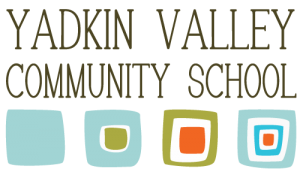Home » Curriculum » Cosmic Education
Cosmic Education
A major differentiator between a Montessori school and a traditional school is the Cosmic Education curriculum. “Cosmic Education” is the term Dr. Montessori gave to the elementary cultural curriculum (history, science, and geography) which weaves together the story of the interconnectedness of all things.
Cosmic Education starts with the whole, (the universe), and works toward the parts, (individual cultures, history, geography and life forms). Through impressionistic lessons, demonstrations, experiments and time spent exploring nature, students learn about the organic cycles in the environment and the fundamental needs that all humans share.
An important part of this curriculum is the presentation of The Great Lessons. These five lessons (see below) are bold and exciting. They are designed to spark wonder and tap into the student’s imagination. Used as a springboard, these stories are presented and then followed up with experiments and extensions. Children, being naturally curious, then dive deeper into their own areas of interest. The Five Great Lessons are referred to throughout the year when new topics are introduced, providing unity and cohesion to a wide variety of studies.
First Great Lesson – Coming of the Universe and the Earth
Second Great Lesson – Coming of Life
Third Great Lesson – Coming of Human Beings
Fourth Great Lesson – The Story of Writing
Fifth Great Lesson – The Story of Numbers
One goal of the Cosmic Education curriculum is to send children out into the world with an understanding of who they are as individuals, members of the human race, and citizens of the planet. It also provides children with a deep understanding of their moral responsibility to address global issues that affect humankind and the environment.

- The First Great Lesson tells the story of the beginning of the universe. It includes demonstrations involving the three states of matter to show how the continents and oceans first came together. This lesson leads to the study of astronomy, weather, chemistry, physics, geology and geography.

- The Second Great Lesson illustrates the coming of life. It revolves around the Timeline of Life, a long chart, broken into eras and periods, with pictures and information about microorganisms, plants, and animals that have lived (or now live) on the earth. The lesson is a wonderful foundation for all of the life sciences.

- Continuing the exploration of life on Earth, the Third Great Lesson tells the story of the development of humans from the earliest beings through the use of tools. This lesson leads to the study of ancient civilizations, the fundamental needs of humans and the history of tools, clothing, art, defense and more.

- Communication is discussed during the Fourth Great Lesson which include the story of pictographs, symbols, hieroglyphs, early alphabets, and the invention of the printing press. This lesson serves as a jumping off point for all future language studies.

- The study of mathematics and geometry is rooted in the Fifth Great Lesson. It describes the ways in which ancient cultures communicated numbers before more modern number systems were invented. The invention of the calendar, systems of measurement and economic geography are discussed.
